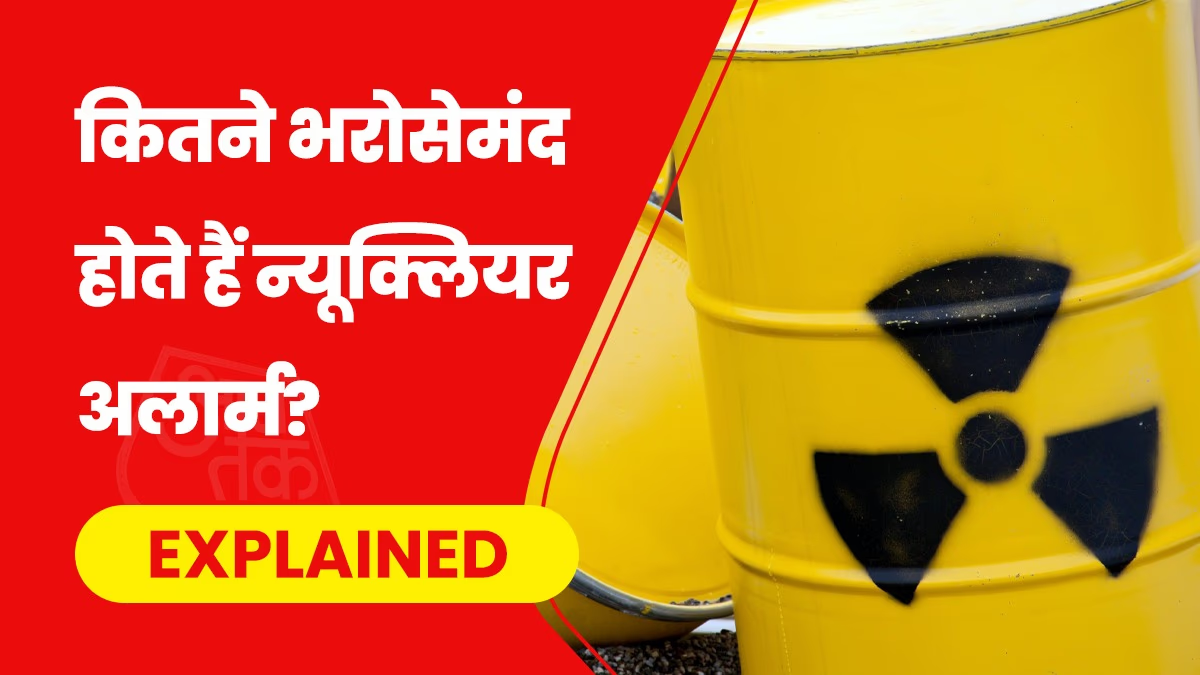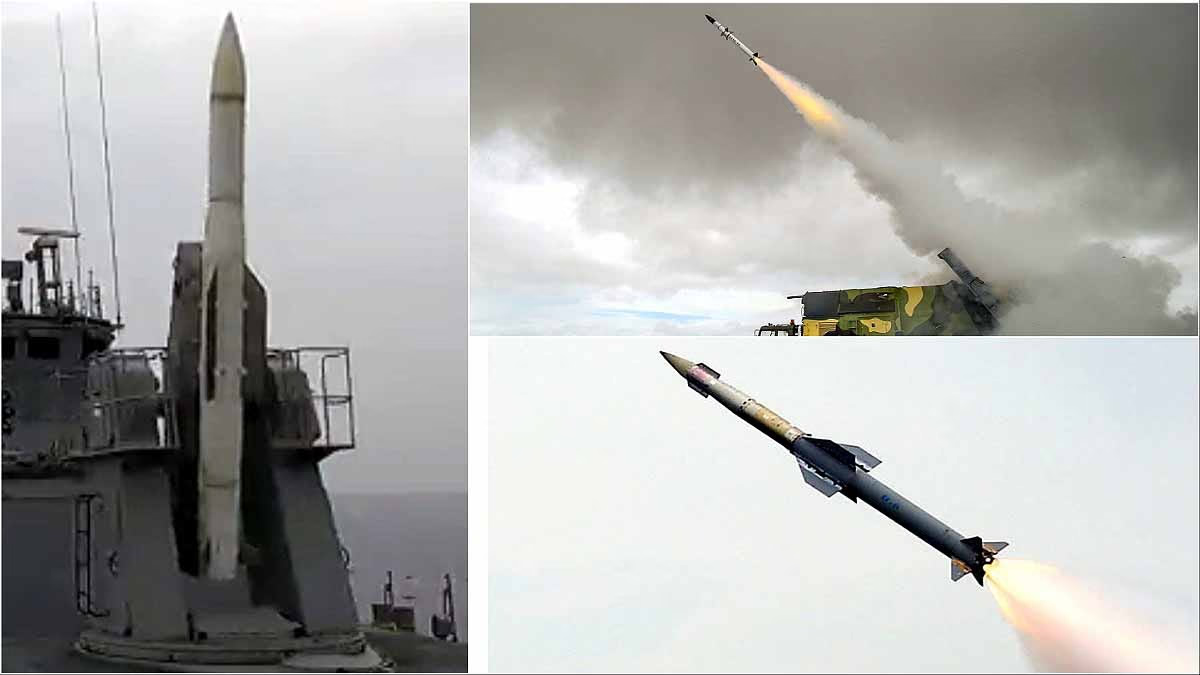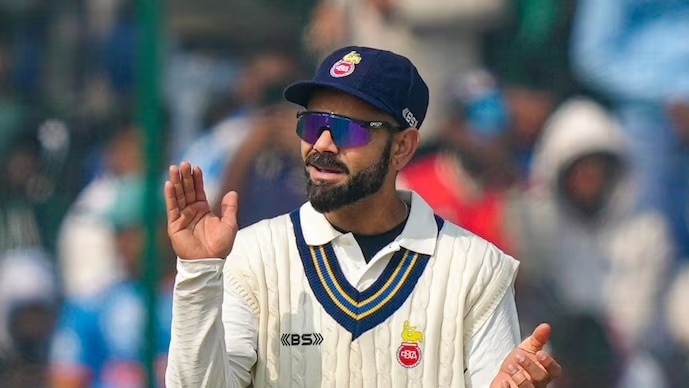In recent times, the mention of nuclear weapons amid military tensions between India and Pakistan has often arisen. Both nations possess nuclear capabilities, where even a small error could lead to catastrophe. This scenario also applies to Russia and the USA, where constant vigilance is the norm. Despite having a sophisticated warning system, a false alarm in the 1980s almost led to World War III.
The Cold War was characterized by tense vigilance between the Soviet Union (now Russia) and America, where a minor mistake could have catastrophic global consequences. On the night of September 26, 1983, the unsuspecting world was on the brink of a third World War. The Soviet Union's satellite warning system unexpectedly went on high alert, indicating that the United States had launched Minuteman intercontinental ballistic missiles targeting the Soviet Union. Five missiles were swiftly heading towards them, suggesting a nuclear attack.
In the Soviet command center, Oko, Lieutenant Colonel Stanislav Petrov was on night duty, faced with two choices: report the alert as genuine, prompting a retaliative strike from Russia, or wait. He chose the latter, deeming it a false alarm, and stayed silent. After minutes with no attacks, the night passed, confirming the alert was indeed false. This incident turned Petrov into a hero, sparking discussions on the reliability of the supposedly foolproof warning systems that had committed a grave error.
Nations with nuclear capabilities remain vigilant, always equipped with some form of warning system. Countries like the USA, Russia, and China employ advanced satellite systems to monitor land, sea, and air, detecting missile launches almost immediately, designed to preemptively identify attacks for rapid retaliation.
China has recently fortified its early warning system. While France and Britain have capabilities, they aren't as modern, relying on the US for support. India's full-scale early warning satellite system details remain elusive. Radars and sensors can detect movements from adversaries, yet the presence of real-time satellite detection facilities remains unconfirmed. It’s possible India may already belong to this elite club.
For non-nuclear states, the reliance is on their intelligence or NATO's for threat alerts. NATO members have assurance from powers like the USA for timely warnings, but this remains a hope for now.
If an early missile warning system detects an impending attack quickly, the attack might be thwarted. A fired nuclear missile can be detected within seconds or minutes, allowing for two possible responses: either neutralizing the attack or launching a retaliatory nuclear strike. However, nuclear missiles are extremely fast, and intercepting them is a significant technical challenge. Despite having defense systems, no system guarantees 100% interception of a missile in its trajectory. Since these situations haven't been tested, certainty remains elusive.
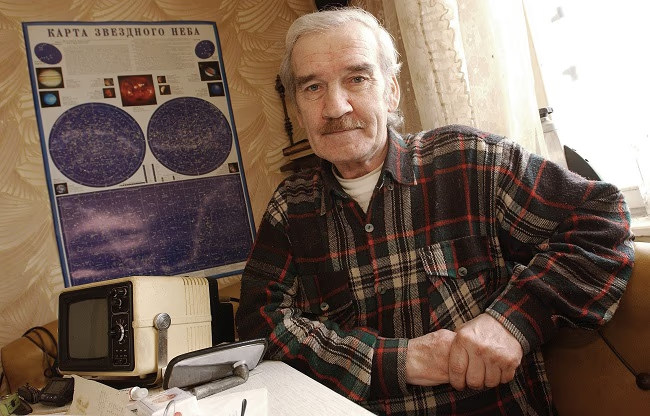
Source: aajtak
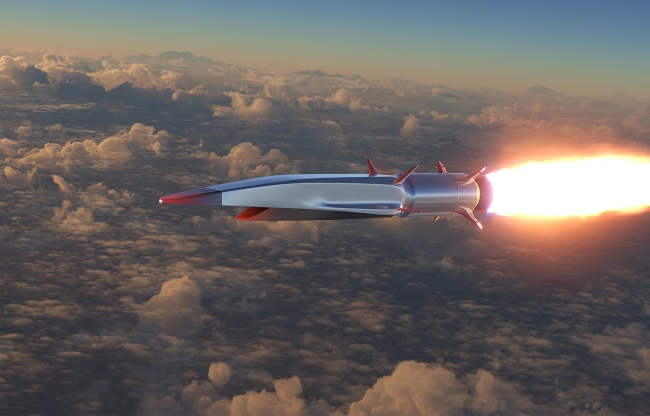
Source: aajtak
